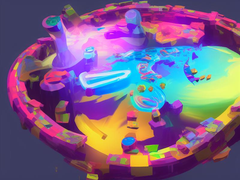
Understanding the Metric System: An Overview
The metric system is a decimal-based system used internationally for measurements. It includes units such as kilometers, hectometers, decameters, meters, decimeters, centimeters, and millimeters. Each unit is a fraction or multiple of the meter, which is the ultimate standard for length.
Length Units in the Metric System
The metric system measures length with units in descending order of magnitude. The kilometer (km) is used for large distances, while the hectometer (hm) and decameter (dam) are suitable for intermediate distances. The meter (m) is the fundamental unit for most practical uses.
Smaller Units of Measurement
For more precise measurements, the metric system uses smaller units like the decimeter (dm), centimeter (cm), and millimeter (mm). Each of these units represents a fraction of the meter, with millimeters being the smallest standard unit used in everyday measurements.
Applications and Conversions
Understanding how to convert between these units is essential. For example, 1 kilometer equals 1,000 meters, and 1 meter equals 10 decimeters. Knowing these conversions helps in accurate measurements and scientific calculations.
In summary, the metric system’s hierarchy from kilometers to millimeters allows for precise and versatile measurements. Mastery of these units and conversions is crucial for various applications, from everyday tasks to advanced scientific work.









